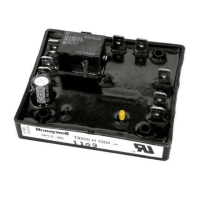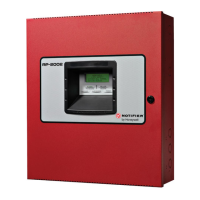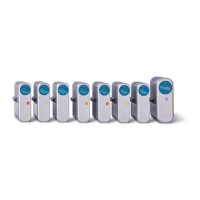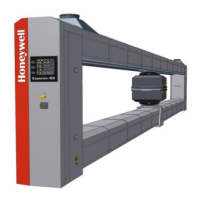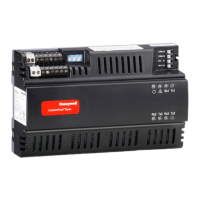2. J. (4) (e) A resolution advisory will be generated and displayed on the
PFD as
shown below (Figure 253.4).
. Green from O to +250 feet (Green target band).
. Do Not Climb >+2000 feet (Upper red guarded band).
● Do Not Descend (Lower red guarded band).
(f) Test result will be announced over voice advisory, either TCAS
PASS or TCAS FAIL.
(5) TCAS Extended Test (Figure 253.6)
TCAS
extended test required weight-on-wheels, transponder active and
TCAS in standby. Prior to exiting the test mode, TCAS looks at the
test button to see if it is still active. If so, TCAS enters the
extended reporting mode for maintenance information.
This
information duplicates some of the information on the front of the
TCAS computer, but is current and active as long as the test button
is held. If, for
example, the transponder No. 2 circuit breaker is
pulled while viewing the test page, the Mode S Bus 2 will change
from active to inactive until the breaker is reset.
NOTE:
Attempting extended test with both TCAS and transponders in
standby will lockup the TCAS in test mode.
Activating the
No. 1 transponder will release it.
(6) TCAS Computer Test
A test function is available from the front of the TCAS
unit itself.
This test is of the current status of the
TCAS and associated
equipment.
Failures are annunciated through indicators on the front
of the CU. Past failure data is also available by pressing the test
button again within eight seconds.
This will display any failures
logged to memory on the previous flight, a flight is defined as a
WOW transition. This can be done repeatedly, stepping back one
flight each time test is pushed. The end of flight memory is
signalled by flashing all indicators. Ten flight legs may be
available.
22-14-00
Page 298.36.5
Apr 15/93
Useor disclosure of information onthispage issubject to the restrictionsonthetitle page of thisdocument

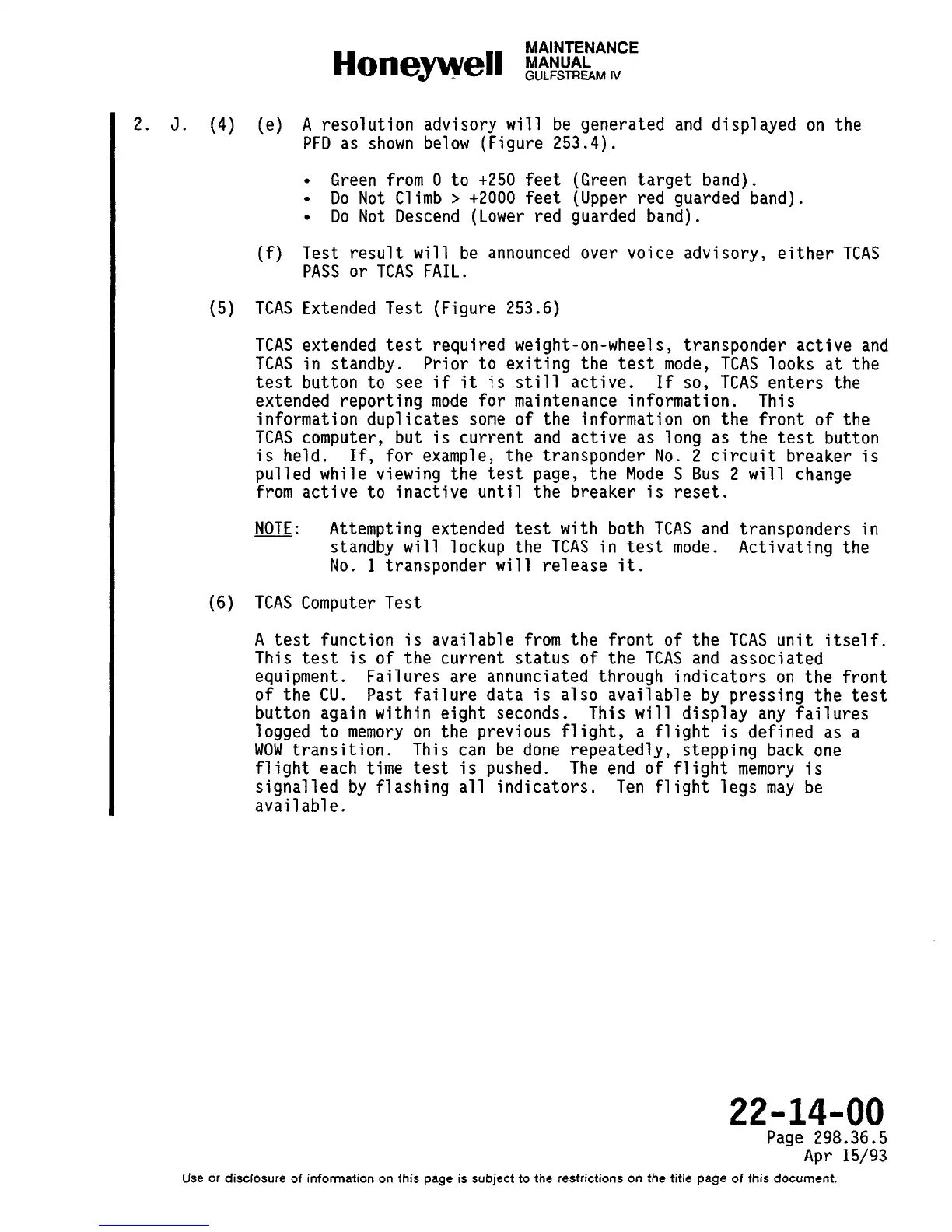